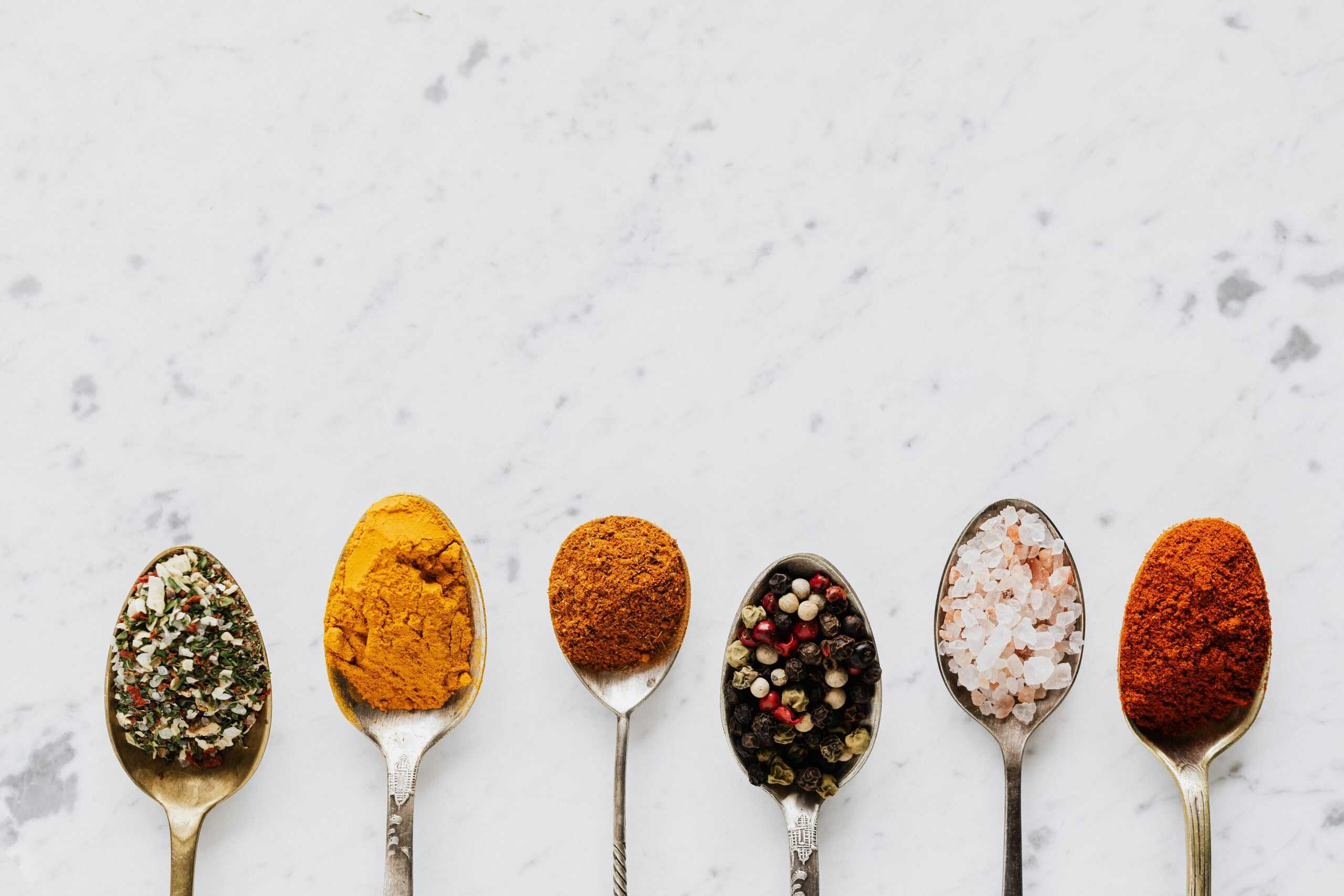Are you tired of pests invading your garden and diminishing your harvest? Companion planting is your secret weapon! It not only promotes healthier plants but also minimizes pest infestations and improves your yields. Imagine flourishing crops, warding off pests naturally, and enhancing flavor—all through strategic plant pairings. In this blog, we will unveil the ultimate herb companion planting chart, serving as your quick reference guide for planting success, season after season.
What is Companion Planting?
Companion planting is the practice of placing plants together that can benefit each other in various ways. Herbs, in particular, have unique properties that can deter pests, attract beneficial pollinators, and improve soil health. For instance, fragrant herbs can mask the scent of your vegetables, making it harder for pests to locate them, while certain herbs can enhance the nutrient uptake of neighboring plants. Understanding these relationships can help you cultivate a thriving kitchen garden!
Benefits of Companion Planting Herbs and Vegetables
- Natural Pest Control: Many herbs release compounds that repel pests. For example, planting basil near tomatoes can deter aphids and whiteflies.
- Stronger Growth and Flavor: Herbs like rosemary and thyme can enhance the overall growth and flavor of their companion vegetables, resulting in a tastier harvest.
Our Herb Companion Planting Chart

Related: Check Out Our Post On This Medicinal Herb Kit
How to Start a Kitchen Herb Garden
Creating a kitchen herb garden can be a fulfilling experience. Here’s how to get started:
- Choosing Container vs. Raised Bed: Depending on your space, you can opt for containers for easy access or raised beds for more variety. Containers are perfect for small kitchens!
- Sunlight and Watering Basics: Most herbs thrive in full sun (6-8 hours). Ensure to water adequately but avoid waterlogging, which can lead to root rot.
- Soil Mix for Herbs that Thrive Alongside Vegetables: Use a light, well-draining soil mix enriched with organic matter. This supports both herbs and vegetables and helps prevent disease.
Sign Up To Receive More Gardening Tips!
Seasonal Care & Rotation
To keep your kitchen garden productive, it’s vital to rotate your herbs and vegetables each season. This practice helps refresh the soil nutrients and reduce the risk of pest infestations. Incorporating simple succession planting strategies can also maximize your garden’s yield throughout the growing seasons. And don’t worry about space; even small kitchen herb gardens can be highly efficient with the right plant combinations!
Using the herb companion planting chart can simplify your planting decisions, ensuring your kitchen garden flourishes all year round. Start your journey towards a thriving kitchen garden today with the help of this ultimate guide!

